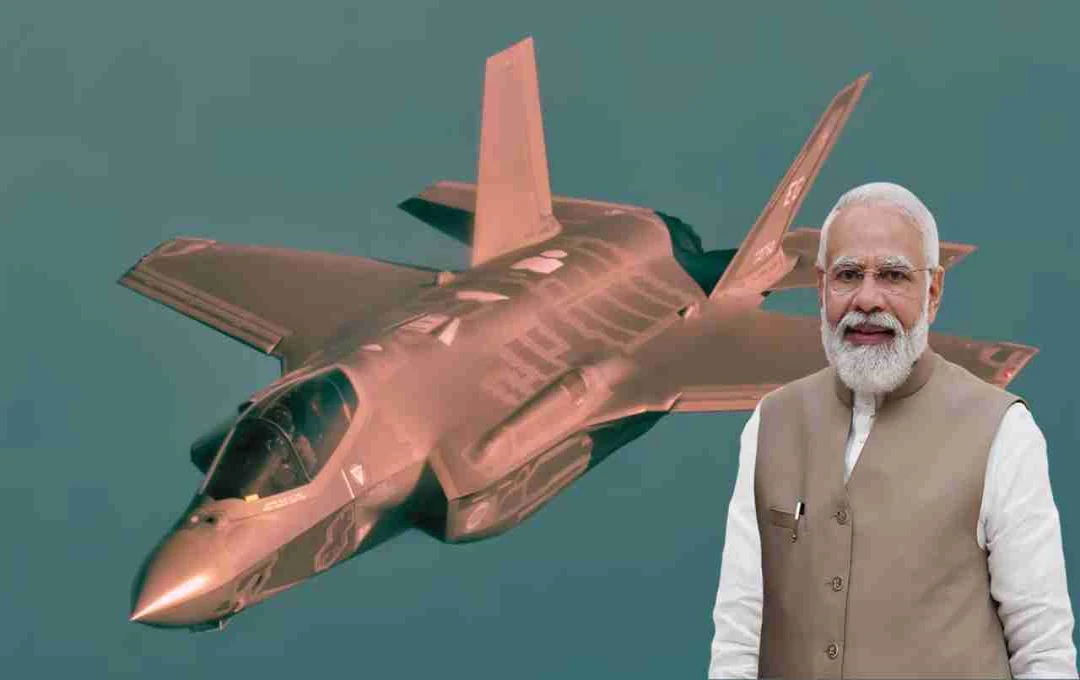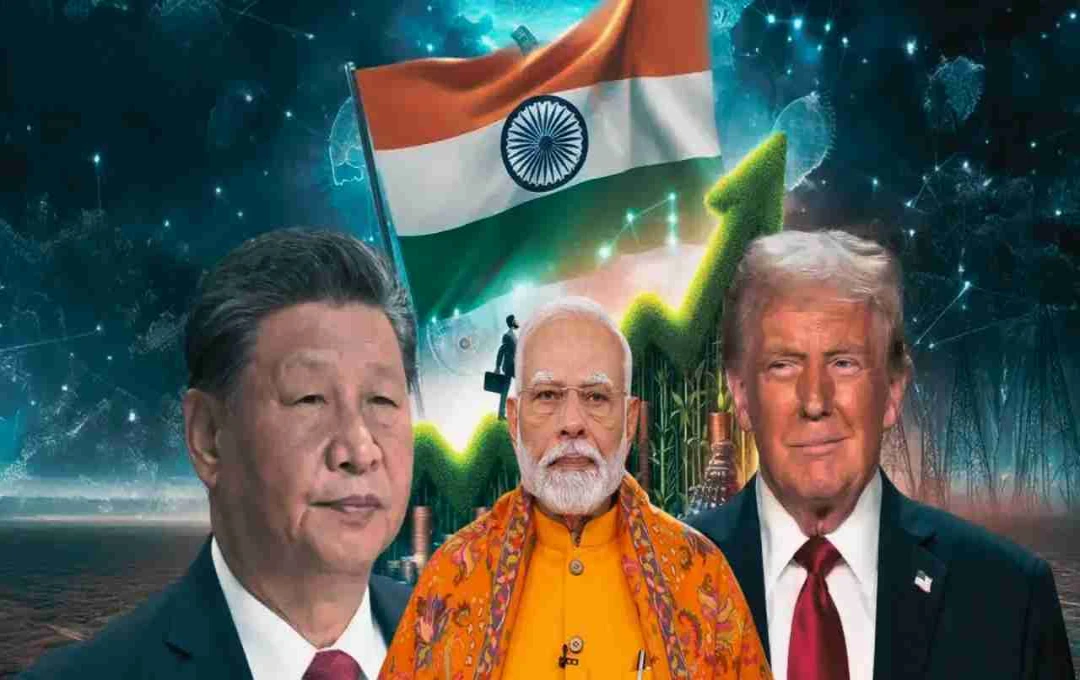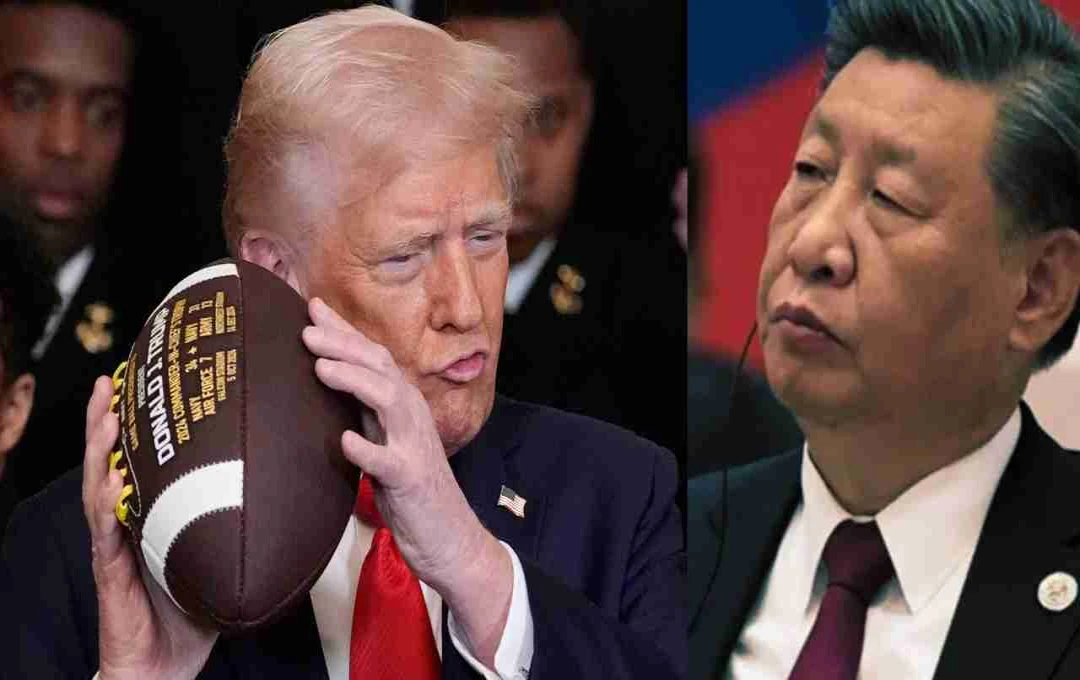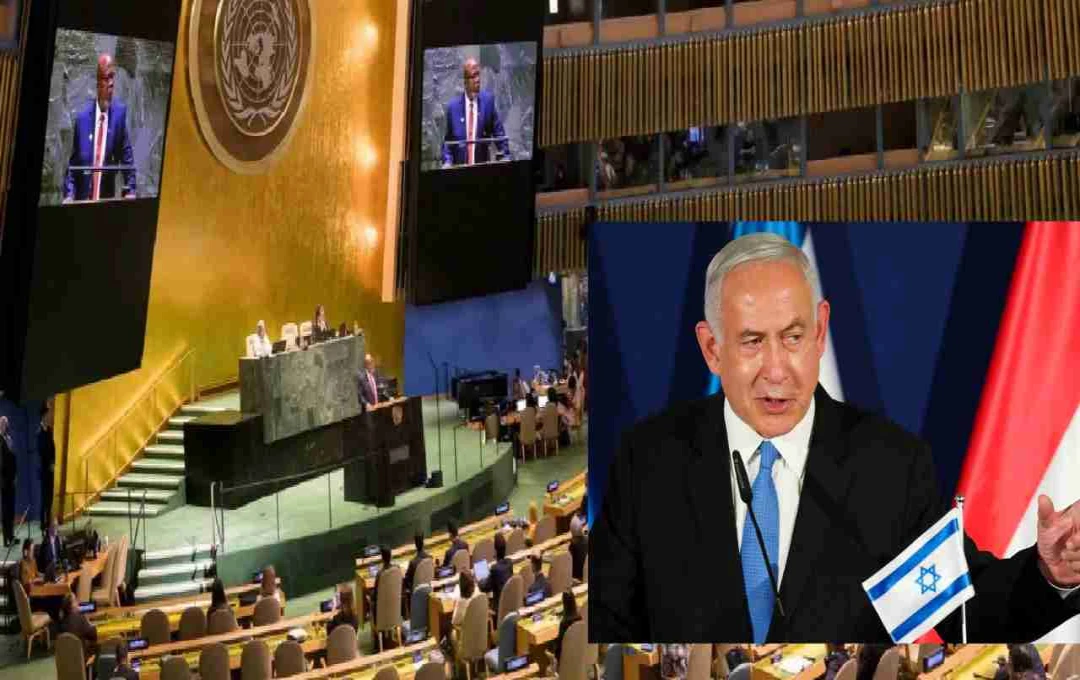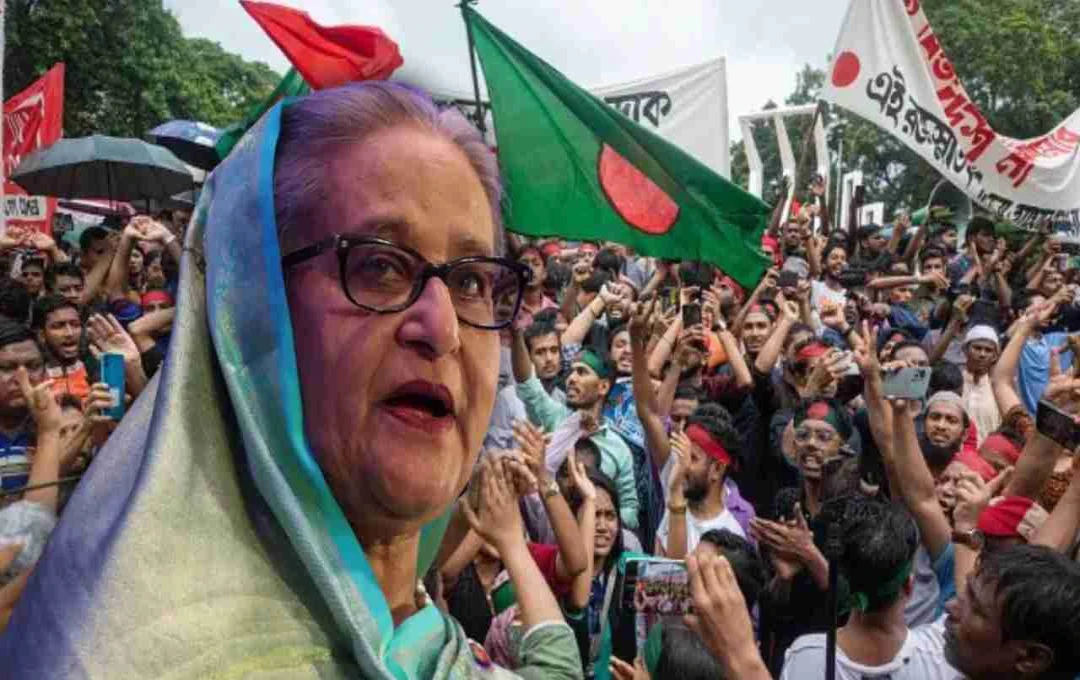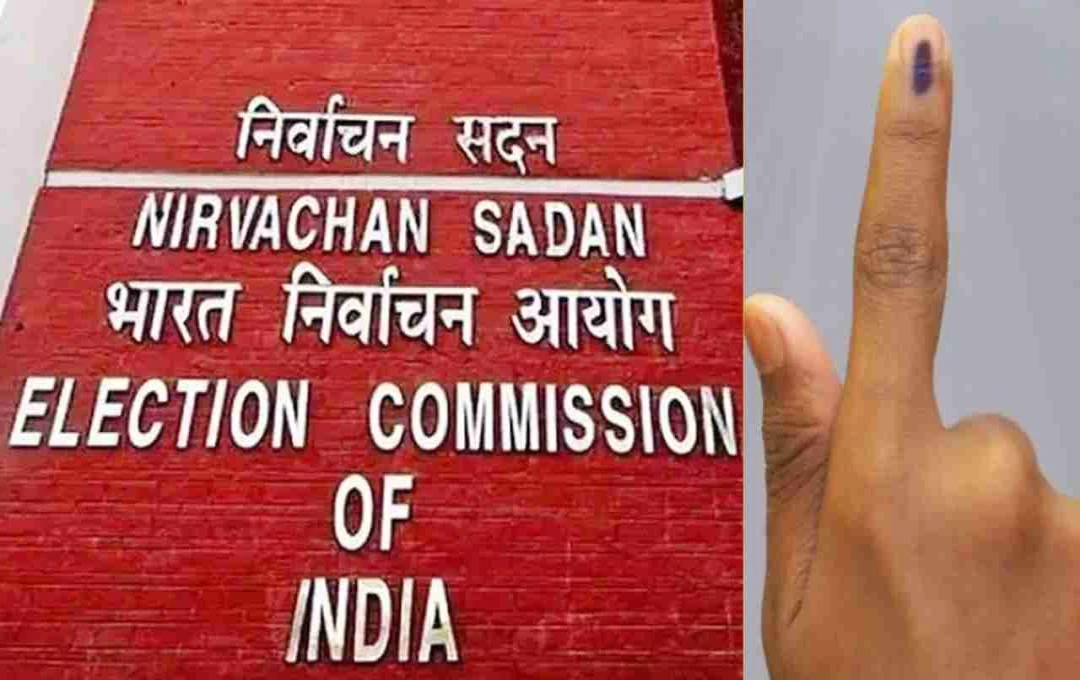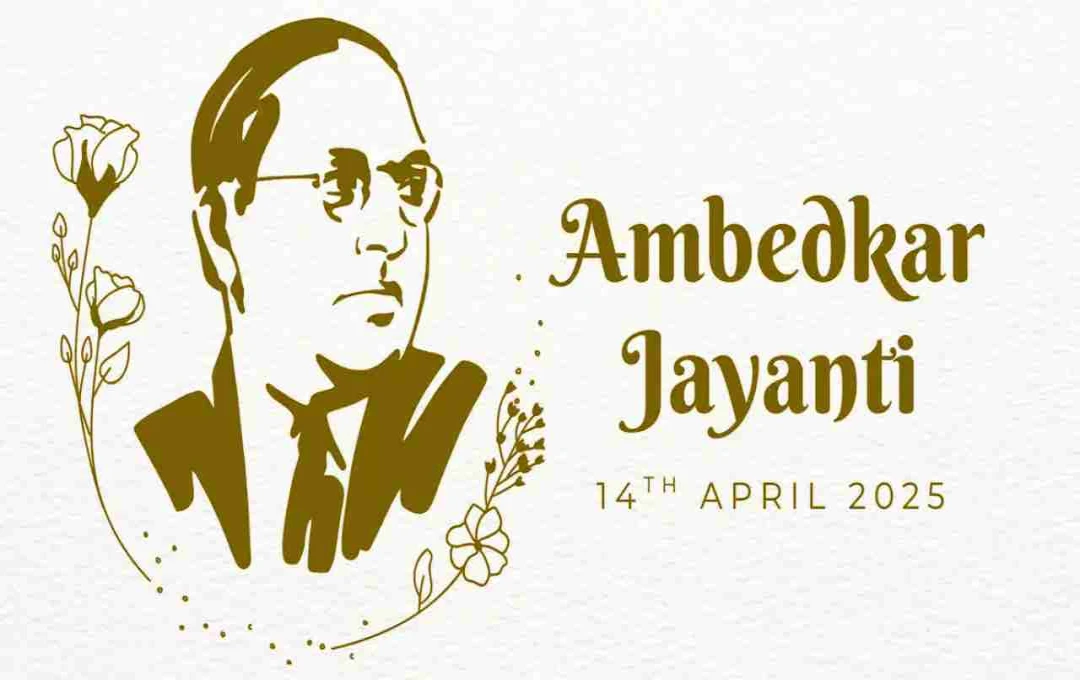A defense website reports that the Indian government has decided to purchase 40 more Rafale fighter jets from France. This move aims to bolster the Indian Air Force's capabilities and counter China's growing military strength.
India To Purchase Rafale Fighter Jets: India has strategically decided to acquire 40 more Rafale fighter jets, considered among the world's most advanced and lethal. This decision comes at a time when the Indian Air Force is facing a shortage due to the retirement of older aircraft, while China continues to expand its air power.
This deal will be conducted on a government-to-government (G2G) basis between India and France. The objective is not merely to increase numbers but also to maintain strategic balance.
Rafale: The Weapon of Choice
The Rafale fighter jet needs no introduction. Manufactured by Dassault Aviation, it's a multirole fighter jet capable of engaging enemies in the air and on the ground.
India already possesses a squadron of 36 Rafales deployed at Ambala and Hashimara airbases. Their striking power, technological superiority, and mission readiness make the purchase of 40 more aircraft a natural and strategic decision.
MRFA Plan and the 'Fast-Track' Rafale Purchase

India has been working on the MRFA (Multi-Role Fighter Aircraft) plan to acquire 114 fighter jets. This deal is currently in the preliminary stages of negotiation, with no formal tender issued.
Meanwhile, considering the Indian Air Force's immediate needs, the government has decided to directly purchase 40 Rafale jets from France. This decision, termed 'MRFA-plus,' balances current and future requirements.
Signals from the French Defense Minister's Visit to India
Sources suggest that the French Defense Minister will visit India at the end of April. During this visit, negotiations for the 26 Rafale Marine jets for the Indian Navy and the 40 Rafale jets for the Air Force might be finalized. The Rafale Marine fighter jets will be deployed on aircraft carriers like INS Vikrant, significantly enhancing naval strike capabilities.
Why is this Purchase Necessary?
The Indian Air Force currently operates with 31 squadrons, while requiring at least 42.5. The retirement of older aircraft like MiG-21 and MiG-27 is reducing its strength. Senior Air Force officers and defense experts believe India needs 35-40 new fighter jets annually, considering the combined challenge posed by China and Pakistan.
Air Marshal A.P. Singh recently stated that the Air Force must be equipped for future threats, otherwise, India may face strategic losses.
Significant Contribution of 'Make in India'
- This Rafale deal will focus on the 'Make in India' initiative. Some jet assembly or part manufacturing is expected to take place in India, boosting technological self-reliance and creating defense jobs.
- Negotiations with Safran of France for helicopter engine manufacturing in India may also take place during this visit, potentially transforming India's defense production capabilities.
- What are the strengths of Rafale that necessitate its repurchase by India?
- Striking Power: Rafale is equipped with missiles like SCALP, MICA, and Meteor, with a range exceeding 300 km.
- Electronic Warfare: Its SPECTRA system excels in evading enemy radar and missiles.
- All-Weather Operation: Rafale can fly in any condition—night, bad weather, or high altitude.
- Dual Role Capacity: This jet can perform both air superiority and ground attacks in a single mission.
Why are China and Pakistan Concerned?
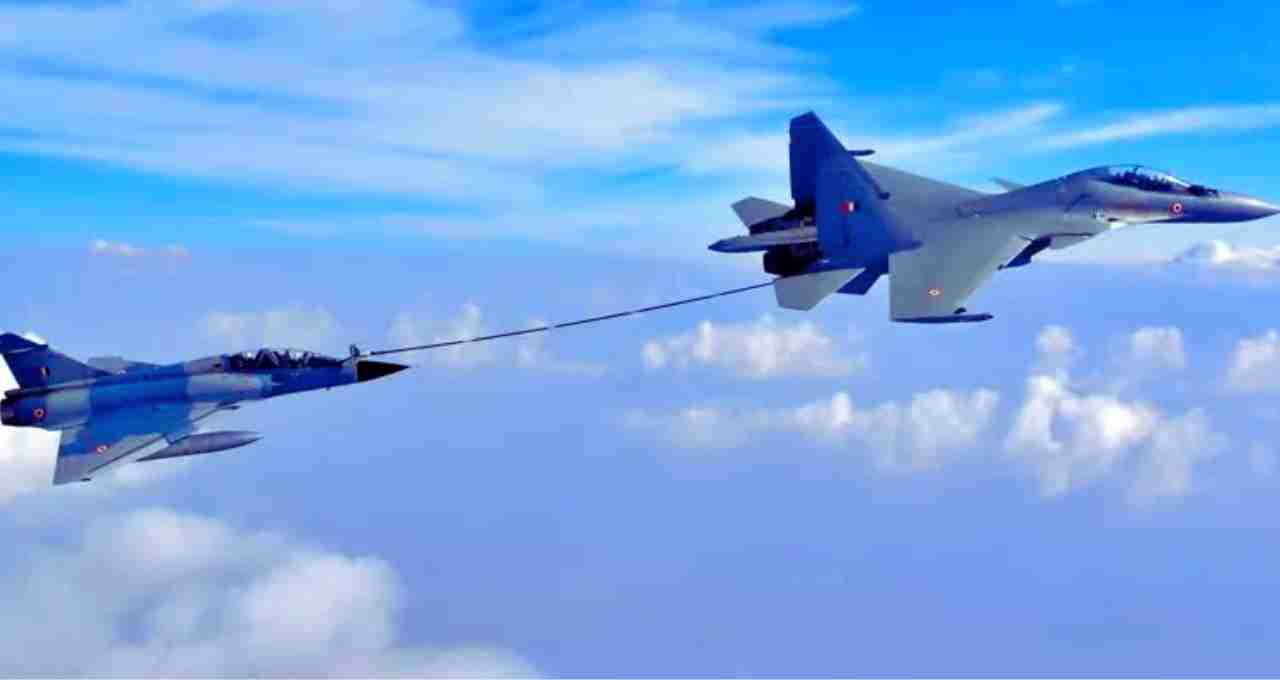
While China is upgrading its air fleet with fifth-generation aircraft like the J-20, Pakistan relies on limited-capability aircraft like the American F-16 and Chinese JF-17. Two Rafale squadrons have already impacted Pakistan's strategic balance—40 more will further exacerbate the situation.
Strategic expert Brahma Chellaney notes that the Rafale is not only technologically superior but also has a significant psychological impact on neighboring countries. Rafale jet deliveries may begin in 2028 and conclude by 2031. During this time, the Indian Air Force will focus on operations, maintenance, and support infrastructure.
The Indian government is also accelerating indigenous stealth projects like AMCA (Advanced Medium Combat Aircraft) in the coming years, but until then, Rafale will remain the backbone of India's security framework.
